Composer Cribs: P.J. Hanke — Scoring TV, Film, & 1000 Ads In LA
When you meet a pro, you know.
That’s the aura that you get from composer P.J. Hanke — whether you’re experiencing his TV, film, and advertising reel on the screen, or better yet in his custom-built Los Angeles studio.
A performer and producer as well as a prolific composer, Hanke’s career has always been on the fast track – at age 16, he was playing B3 organ for Ray Charles, and as a vocalist he’s shared the stage with Frank Sinatra and Perry Como. Meanwhile, his producer/arranger credits have ranged from Smashing Pumpkins to R Kelly.
As a composer-in-residence at Hans Zimmer’s Media Ventures/Remote Control, Hanke’s score collaborations included As Good As It Gets, the Prince of Egypt, Gun, and The Thin Red Line. Fight Club, The Match, and The Borrowers also highlight his film resume.
But what’s keeping him busiest lately is advertising – Hanke now has over 1000 commercial scores to his credit, for brands including Nike, Coca-Cola, Apple, BMW, Mazda, Gatorade, Procter & Gamble, and far beyond.
If you think that level of output requires a highly personalized room, you’re right. To see how this music-to-picture pro has honed his workflow, see below.
Composer: PJ Hanke
Website: http://www.sovereignla.com (site for commercial work only)
Location: Los Angeles, CA
Soundtracks Served: I compose for feature films, television, and advertising projects.
Clients/Credits: http://www.imdb.com/name/nm0359948/
Big Premiere: Facility was founded in 2008
Room Inspiration: I also produce artists in addition to scoring for picture, and it became more and more important to me to be in a more intimate environment than a larger commercial space. The thirty-four foot commute helped me choose my home’s property as the locale.
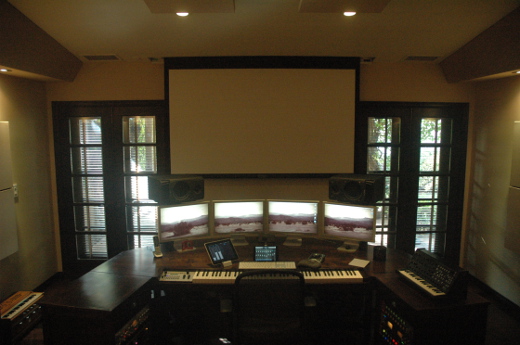
A Doepfer keyboard controller, permanently installed at proper piano height, is the starting point for P.J. Hanke’s productivity.
Key Personnel: Both Damon Tedesco and Andy Snavley have been a huge help as engineers in crafting a really wonderful, balanced sound to my scores in the room.
Workflow Requirements: I’m a freak about my studio not looking like a sonic laboratory and much more like a comfortable place I’d like to live and create within. This idea of nothing being seen that distracts from my focus really became a priority in the studio’s design.
All wiring is beneath floated floors and hidden within the main production desk in the room. All finishes are California Spanish in nature and actually match my home.
My Doepfer keyboard controller is permanently finished into the production desk at proper piano height. This is definitely one of the most important aspects of the room. I’ve written in too many studios in the past with incorrect keyboard positioning, and it really affects everything from my stamina to creativity itself.
My other favorite aspects of the room include my Dangerous Music 2bus, Monitor, and MQ. I’ve worked with that company’s gear for nearly a decade and it’s really the main brain of the room. I can switch between various video and audio outputs and monitor various aspects of live or recorded tracks in real-time, while controlling a number of headphone feeds when necessary.
Picture This: I use a rather simple video setup within a screening room design.
I’ve dedicated a Mac Mini to video output which feeds a Canopus ADVC 110 before being screened through a projector above me to a 108” drop-down motorized screen. Large picture projection goes a long way toward helping myself and directors, producers, and clients feel the scale of music to picture.
Audience Accommodations: We have a fantastic system devised by Anthony Grimani (Performance Media Industries), the acoustician, to help these kinds of people discern the music in the room.
He installed an Ashly EQ system that subtly changes the EQ curve across the stereo mix in the room to take bass loading or any other small bumps into the room’s natural curve into effect. You can actually mix a score on the back couch of the room with an iPad due to this ability to move the sweet spot around the studio.
Complex Cue: I scored a movie recently called Notes from Dad that required me to compose many types of music to be used “in camera”, meaning the music would be played back on-set since many of the characters in the storyline were musicians and needed to act like the performances were being played by them.
The versatility of the room allowed me to record many different live musicians for this phase of the film, and then sweeten those pieces while scoring the film after the movie was edited and cuts began getting delivered to me.
Priceless Advice: Don’t worry about gear or lack thereof. Spend your time honing your craft and developing a musical opinion or point of view.
We live in an age where more impressive “sounding” music can be created than ever before. Knowing this, make it your job to make sure your music actually says something when married to picture.
Understanding story and developing your own unique ability to tell that story musically is, to me, the most important goal for any of us as film composers.
— P.J. Hanke, Sovereign, Los Angeles
Please note: When you buy products through links on this page, we may earn an affiliate commission.







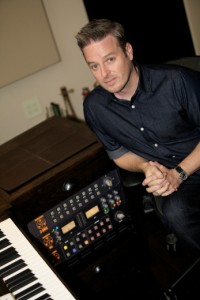
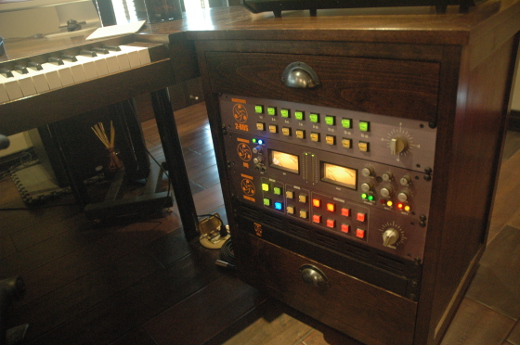
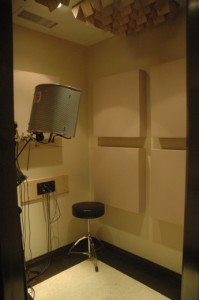
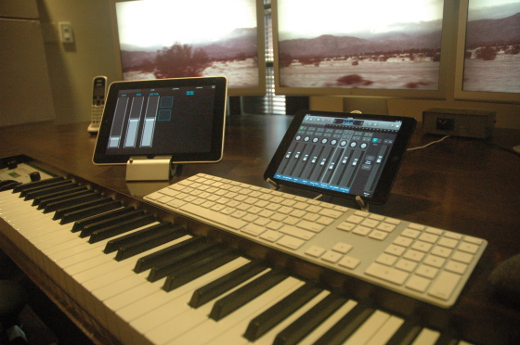
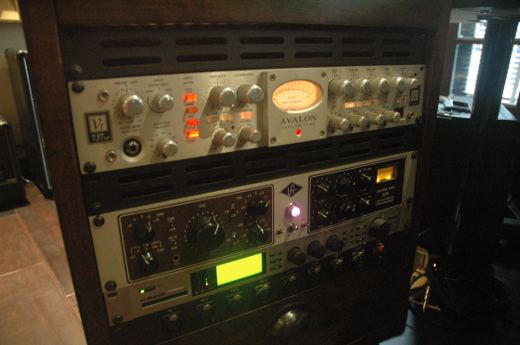
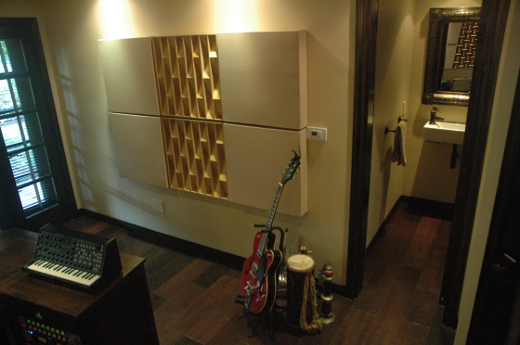
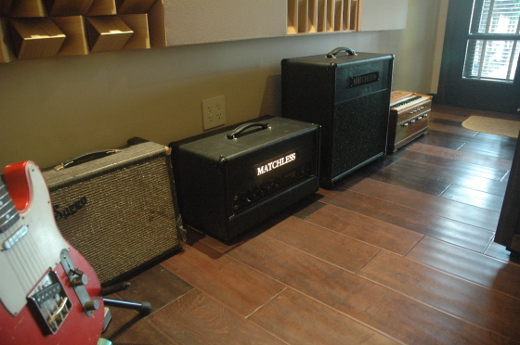
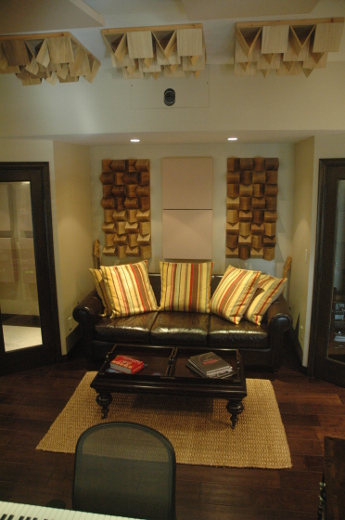
DPrty
January 3, 2014 at 10:27 pm (11 years ago)You should make Composer/Producer Cribs a regular feature. I love these creative environments and you always learn something just from viewing them.
LavaPirate
January 10, 2014 at 12:18 pm (11 years ago)I love this setup! I could so see working comfortably and creatively in something so ‘homey’. PJ’s advice really nails it. Cultivating your craft and creating something good is way more important than focusing on getting the latest must-have gadgets. Great music isn’t caused by great gear. That stuff only makes the good bits sound better and the bad bits just, well, equally disposable.